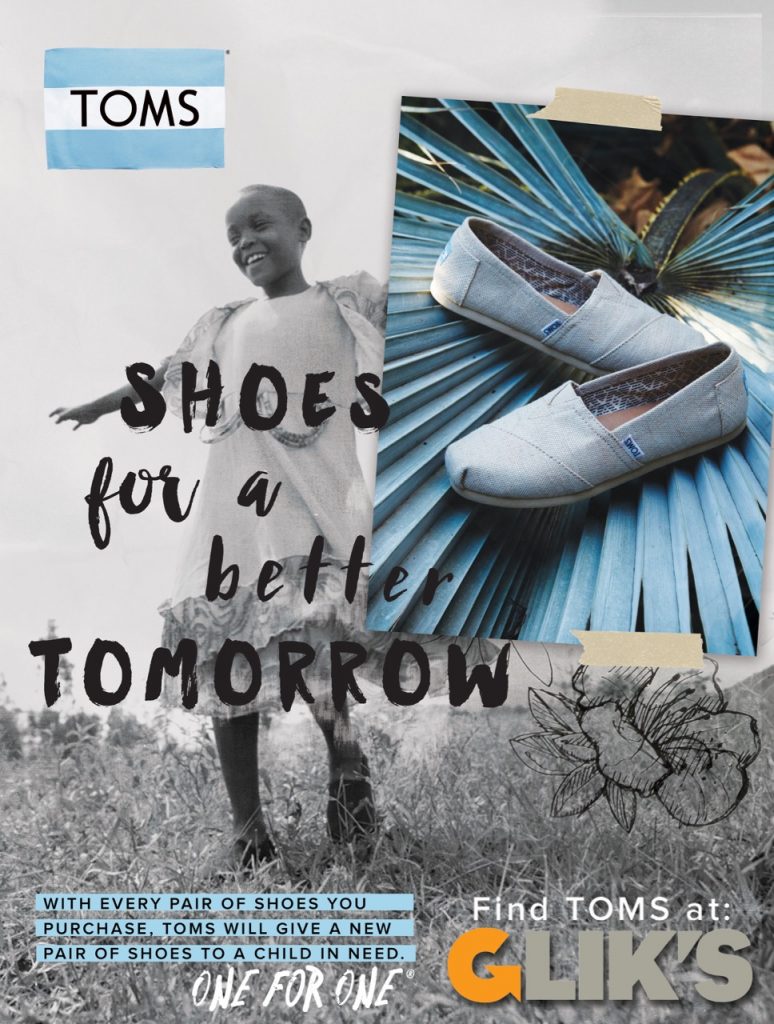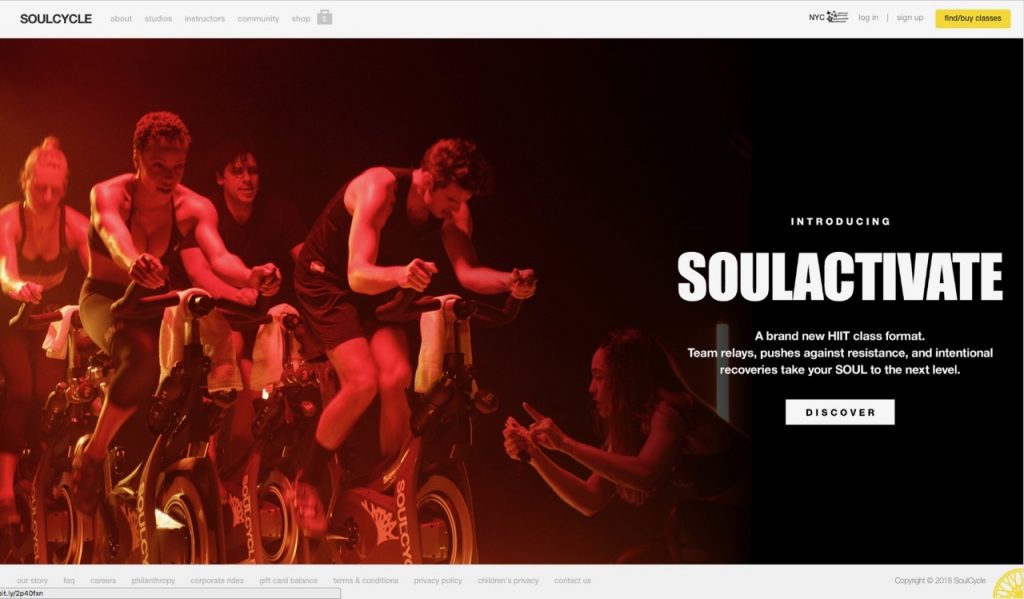Brand Storytelling is About Sharing the Emotion of Your Purpose-Driven Organization with Your Customers
Until We All Win.
This is the powerful opening line to Nike’s Equality campaign that took the world by storm earlier in 2017. The YouTube videos relating to the campaign alone have run up hundreds of thousands of views, and the website campaign only adds to this.
The rest of the brand’s campaign About Us page, or as they refer to it as “manifesto”, reads as follows;
Listen. These are the voices of our athletes. Athletes taking the platform their sport has given them and using it to better the communities they represent. Athletes speaking up to inspire all of us to act. To inspire all of us to get involved. To inspire all of us to create change. We’re here to make sure that their voices – and every voice –are heard every time. Listen. Equality isn’t a game. But achieving it will be the greatest victory. That’s why we’re committed to fighting for change until we all win.
This campaign is a prime example of great brand storytelling. Typically posted on an About Us page of a business’s website, the brand story is a story, no matter how long or short, in which internet users, such as potential leads, can read to see what the company is all about and to form an emotional connection with them.
If you didn’t already know that the About Us page of a website is the most commonly visited page on the majority of websites, then you’re missing out a leading opportunity to promote and market your business in a unique way.
Consider what you’re About Us page currently looks and reads like. Are users staying on your website? Are they going on to make purchases and sales or are they simply leaving? The best tactic to the About Us page is telling the story of how your brand got to where it is today in a compelling way that reaches out and grabs your reader’s attention, leaving them hooked on your business.
Telling a story that has an effect is easier said than done, but it’s not impossible. Here to give you the best start in telling your brand’s story is a list of storytelling techniques that you need to know.
Preparation is key to every compelling story

It’s all well and good sitting down one day saying ‘Okay, let’s write this story’ but have you got everything you need around you prepared so you can write the best story possible? When the story is finished, you’ll be able to use your brand story everywhere – that’s e-books, website, emails, videos, while networking, speeches, sales calls, business plans, everywhere.
This means you need to take the time to research and prepare all the content that you’re going to use. Look into dates that you started building your business, as well as certain milestones in your journey, such as the first time you started something or the date that you expanded or hit your thousandth customer. You can use 6 storytelling patterns to inspire customers but speak truthfully.
Addressing problems with your business stories
Blake Mycoskie, the founder of The Toms Story, an extremely popular shoe and trainer brand that operates globally, stated that he witnessed horrifying hardships, especially with children, during a visit to Argentina. Many of these children didn’t have shoes, and he wanted to help.
 With this in mind, he created Toms as a company that would donate a pair of shoes to a child or adult in need, in line with every other shoe that was purchased. The brand story of this humble and heart-warming beginning can be found at the link above.
With this in mind, he created Toms as a company that would donate a pair of shoes to a child or adult in need, in line with every other shoe that was purchased. The brand story of this humble and heart-warming beginning can be found at the link above.
The problem is simple. Children around the world are living much more difficult lives than they need to simply because they don’t have shoes and the Toms Story conveys this message perfectly. To date, the company has donated over 50 million pairs of shoes and has expanded by helping to restore the sight of over 360,000 people and providing and distributed over 250,000 weeks’ worth of safe water to those in need.
If you’ve ever read a story, you’ll know that a typical tale follows the main character that has a problem. This could be something as simple as good versus evil, or maybe it’s something a bit more complicated like a love story.
Whatever the story is, you need the main character to go on a journey that’s filled with justice, love and accomplishment as they address and sort out the problem, as you can see from the Toms Story.
However, be sure to focus on the drama that happened on your journey to make it exciting. Nobody wants to hear about the parts that were plain sailing. They want to hear about you triumphed and finally conquered all, despite the many challenges that you may have faced.
As a word of advice, be sure you go through your content after you’ve written it and check it for errors. According to research, a vast number of customers (59%) were put off by businesses that had mistakes and typos in their content. To protect your reputation by avoiding any of the mistakes make sure to proofread and edit the text of your story using tools like Grammarix or Big Assignments.
Writing brand stories for all formats
One of the best examples of creating a brand story for all formats is GoPro and, quite simply, nobody does it quite like them. In addition to press releases and their truly inspiring and highly visual About Us page, every single video advertisement or promotion features their own brand of storytelling.
Whether it’s the real-life man, who has dedicated his life to protecting lions (and ultimately became best friends with them) or incredibly stories recorded on Felix Baumgartner who performed the Red Bull Stratos jump, the story of the brand and how it’s progressing is evident in both text and video formats.
As we briefly mentioned above, once your brand story has been written, you’ll have the ability to use it everywhere, but as you can imagine, the way you tell your story in a speech will be a lot different to how you write it on your About Us page.
To prevent your story sounding generic and boring, you’ll need to practice it for spoken word and refine it when it’s going into a written format. When writing for all formats, pay attention to the lengths of your writing, add quotes and interesting facts since you won’t want people to get bored. You can use tools like Easy Word Count or Cite It In to track this while you’re writing.
Be personal & connectable in your business storytelling
When it comes to creating a personal and connectable brand story, fitness brand SoulCycle has excelled. The aim of the company was to create an alternative fitness routine to the traditional methods that make people feel like it’s work.
Of course, anybody who has ever been to the gym will know what this feels like, especially if you’re going after having not been for a long time so already the brand’s story is connecting to its target market. Nowadays, SoulCycle claims its mission is to ‘bring Soul to the people’ in the form of a meditative and inspirational fitness experience.

As you can see, the brand uses traditional gym perceptions and flips them on their head in an engaging and emotional way that people will understand and relate to.
With this in mind, the chances are that your business wasn’t all plain sailing on your way to success and there were almost definitely some speed bumps along the way. However, these aren’t things you should be ashamed of. In fact, it’s golden brand story material.
Addressing and mentioning the problems you’ve had in your start-up stages is a great way to make your business seem a lot more personal to your readers and much more connectable. When people are doing business with your business, they want to be under the impression that they’re talking to human beings behind their computer screens, not a bleak corporation that’s only out to take their money.
Charlotte Marshall, a brand story writer for Paper Fellows shares, “Using this technique helps you to build valuable connections with your customers that come together to build aspects of human nature such as trust and loyalty”.
As above, don’t forget to check your content to make sure that it’s accurate before you publish it. You can use sites and resources like State of Writing or Via Writing to make sure your content is professional and ready for your readers.
Brand storytelling and human emotion
Just as we mentioned above, making your business more human is a great way to connect with your leads and customers to build certain elements of a human relationship. The best stories, both brand and otherwise, convey emotion to attract readers and make them feel and connect with the story that’s being told.
Granted, the facts and figures of your business are a great way to convey certain types of information, but a proper and compelling story is something they’ll never forget. One of best examples of how this works is the companies that produce cochlear implants, a device that helps people otherwise deaf to hear.
If you’ve ever seen a video of a child receiving one of these implants, this is so much connectable that the facts and figures that the company would have been using in their research. When writing your content, be sure to check for plagiarism before publishing using Academized or Copyscape to make sure that there are no conflictions.
Consider the language in your brand stories
The language you use in your brand story is just as, if not more, important as the story itself. Whether you’re telling your story to a group of people or the About Us page on your website, if you’re using a staled kind of format language, your audience won’t be interested in what you have to say, and you’ll quickly find that they’re getting bored.
It’s vital that you use and implement power words into your content to help drive in that emotion that you’re trying to convey, helping to make your content a lot more exciting.
As you can see, there are many considerations you can take when it comes to writing a compelling brand story that attracts and engages your readers and customers. By taking the time to write a professional and proper story can have so many benefits for your business, you just need to make it your own!
 About Brenda Berg
About Brenda Berg
Brenda Berg is a professional with over 15 years of experience in business management, marketing and entrepreneurship. She is also a consultant and tutors college students and entrepreneurs at Oxessays. She believes that constant learning is the only way to success. You can visit her personal blog at Letsgoandlearn.com










